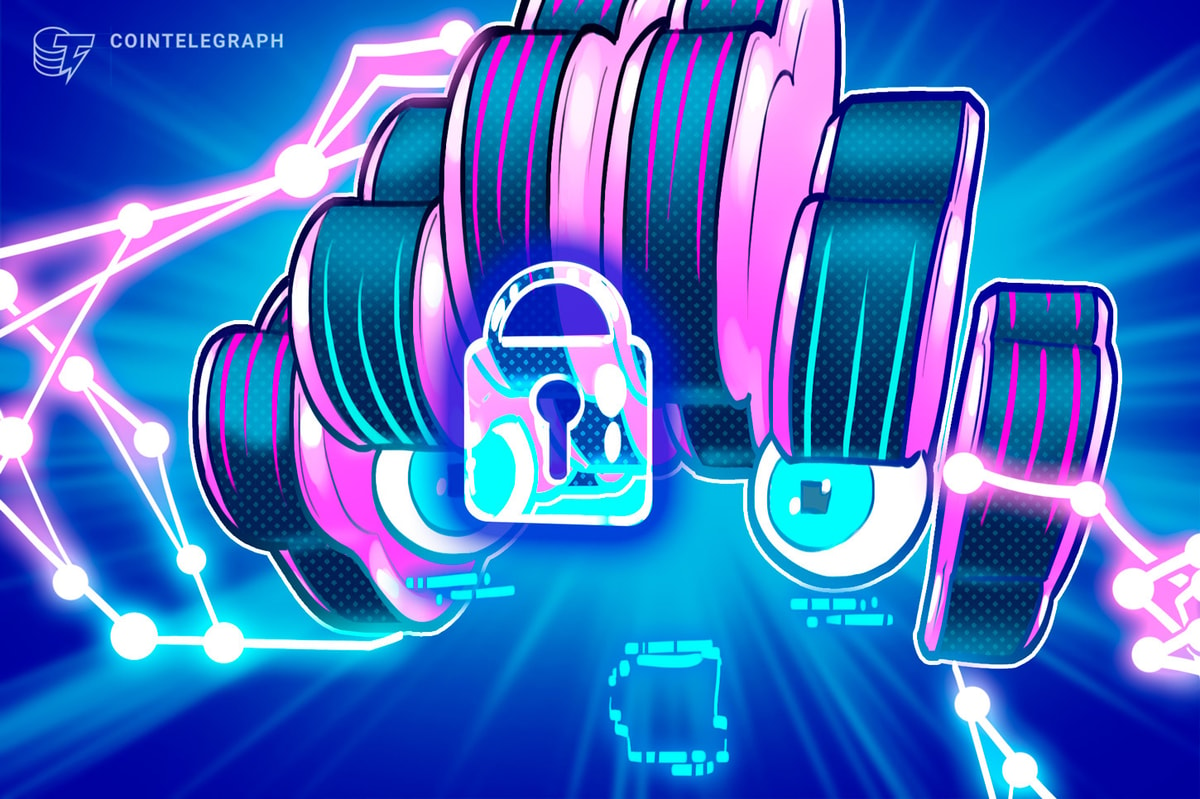The world is racing toward a quantum future. As quantum computers grow stronger, they could break today’s encryption. That creates a serious threat to blockchain security. To stay safe, the blockchain industry is looking into post-quantum crypto. This new kind of cryptography is built to resist quantum attacks.
In this blog, we’ll explain what post-quantum cryptography is, why it matters in 2025, and how it can secure blockchains.
What Is Post-Quantum Cryptography?
Post-quantum cryptography, also called quantum-resistant cryptography, is a type of encryption designed to stand up to quantum computers. Unlike regular computers, quantum machines can solve very hard math problems fast. That makes them dangerous to current encryption methods.
Most blockchains today use encryption like RSA and ECC. These are strong against normal computers. But quantum computers can break them with algorithms like Shor’s. That would expose wallets, transactions, and smart contracts.
Post-quantum crypto uses completely different math. It builds systems that are hard even for quantum machines to crack.
Why Blockchain Needs Quantum-Resistant Cryptography
Blockchains are supposed to be secure forever. When you send crypto or sign a smart contract, you expect it to stay safe years from now. But if quantum computers become practical, today’s transactions could be exposed in the future.
Here are three big reasons why we need quantum-resistant cryptography in blockchain security 2025:
- Long-term safety – Old data can be attacked later, even if it’s safe now.
- Secure smart contracts – Quantum threats could change contract terms or fake signatures.
- User trust – Crypto users want to know their digital assets won’t be stolen or manipulated.
So, preparing now is smart. The blockchain space is moving toward post-quantum crypto before quantum attacks become real.
How Post-Quantum Cryptography Works
There are several types of quantum-resistant cryptography. These methods are based on problems that quantum computers can’t easily solve.
Here’s a table comparing traditional and post-quantum encryption:
Encryption Type | Safe from Quantum? | Math Used | Example Use Case |
RSA / ECC | ❌ No | Prime factorization | Bitcoin, Ethereum |
Lattice-based crypto | ✅ Yes | Lattice problems | NTRU, CRYSTALS-Kyber |
Hash-based signatures | ✅ Yes | Secure hash functions | SPHINCS+, XMSS |
Multivariate equations | ✅ Yes | Solving polynomial systems | Rainbow |
Code-based crypto | ✅ Yes | Error-correcting codes | Classic McEliece |
These new systems are being tested and standardized by global bodies like NIST. Once approved, they can be added to blockchains to improve safety.
Post-Quantum Crypto in Blockchain Security 2025
In 2025, some blockchain platforms are already testing post-quantum crypto. Others are watching the field closely. The challenge is to upgrade without breaking what already works.
Here’s what the landscape looks like:
- Ethereum: Developers are researching quantum-resistant wallets and smart contract tools.
- Bitcoin: There are ideas for signature upgrades using hash-based systems.
- New blockchains: Some projects like QANplatform and XX Network are building with post-quantum crypto from the start.
We can expect more focus on this in blockchain security 2025, especially as quantum computing advances.
Benefits for Secure Smart Contracts
Smart contracts are a big part of blockchain’s value. But if the keys used to trigger them can be faked, the whole system breaks.
Here’s how quantum-resistant cryptography helps make secure smart contracts:
- Prevents unauthorized changes to contract terms.
- Keeps signatures safe from being copied or forged.
- Makes it harder for quantum attackers to steal funds or data.
Using post-quantum crypto, developers can future-proof smart contracts. This is crucial for high-value DeFi platforms and enterprise blockchain solutions.
Challenges and What Comes Next
Moving to quantum-resistant cryptography isn’t easy. It takes time, testing, and adoption by developers and users.
Some current challenges include:
- Larger key sizes – Post-quantum keys are bigger, which can slow down transactions.
- Compatibility issues – Old systems need updates to work with new encryption.
- Standardization – Not all quantum-safe methods are ready for large-scale use yet.
Still, the progress is steady. As standards become clearer, more blockchains will begin the transition. By the end of 2025, many platforms may offer hybrid systems—using both classical and post-quantum crypto.
Quantum computing is coming. No one knows when it will be powerful enough to break today’s encryption. But when it does, blockchains must be ready.
Quantum-resistant cryptography is the best way to prepare. It ensures that transactions, wallets, and secure smart contracts stay safe even in a quantum world.
For blockchain security 2025, the message is simple: start early, test well, and adopt post-quantum solutions before it’s too late.
Remember, investing in cryptocurrencies involves risks, and it’s important to conduct thorough research and seek professional advice before making any financial decisions. (Please keep in mind that this post is solely for informative purposes and should not be construed as financial or investment advice.)

















 English (US) ·
English (US) ·